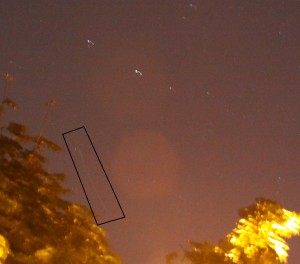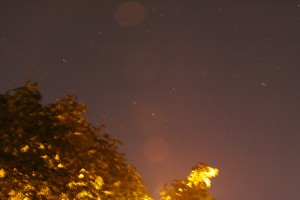by Astrogator Mike | Sep 27, 2011 | General Comments
After the previous post, I had contacts from several twitter followers with suggestions for improving my predictions. In particular @Marco_Langbroek suggested that 120 km (rather than 80 or 75 km) was the magic number for atmospheric contact, and he further suggested that the 4:16 UTC time originated with the the Joint Space Operations Center (www.space-track.org). It turned out I had an account there already, so I could all but verify that was the source. This makes sense really, because NASA doesn’t have much in the way of assets to track non-cooperative spacecraft. NASA normally tracks spacecraft in the course of communicating with them, and if a spacecraft goes dead, they rely on our military to use radar and other assets for tracking. So any solution you see attributed to NASA in this case very likely came from the JSpOC, and NASA is just the messenger.
(more…)
by Astrogator Mike | Sep 27, 2011 | General Comments
A twitter friend @musicscott emailed me a picture he had taken Friday night of a region of the sky near Ursa Minor. In his picture he had a streak that he thought may have been a piece of the UARS satellite.

Streak near Ursa Minor provided by @musicscott
He provided me with the original as well:

The second image is really interesting, because it shows us the entire “little dipper” so we can really get a feel for where happened. Note that there’s some “jiggle” in the star images because Scott didn’t have time to set the timer on his camera, he had to hit the button manually and that shakes things a bit.
As it turns out, Scott knew very precisely when he took the picture (4:17:11 UTC), so with his help I looked into it. He gave me his precise location and time and managed to get a whole constellation into the picture. Here’s the email I sent him when I figured out what he had seen..
(more…)

